While I don’t think of myself as the world’s most patient person, I generally don’t get too riled up about air travel. Part of that is thanks to my strategy of getting to the airport early enough to enjoy enough beer that I’m sleepy and relaxed, yet not so much that I’m surly and combative. Mainly, though, it’s because living in Japan and having family in the U.S. means I’ve been on plenty of long flights, and after a while you learn to roll with the punches of a few inconveniences along the way.
So you’d think someone with even more experience flying, like, say, the vice president of Korean Air, who is also the daughter of its owner, would be even more serene when taking a plane from point A to point B. Maybe she ordinarily is, but that certainly wasn’t the case last week, when Cho Hyun-ah went nuts over a bag of nuts.



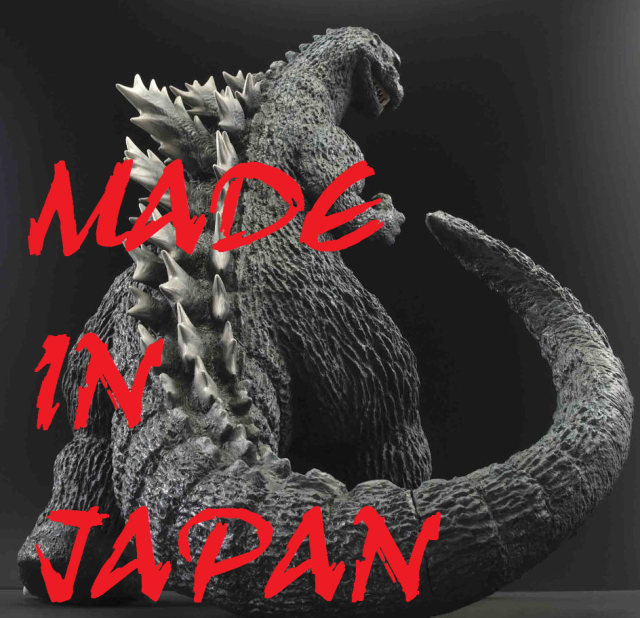

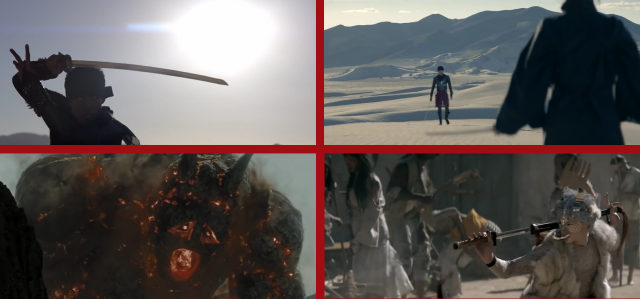
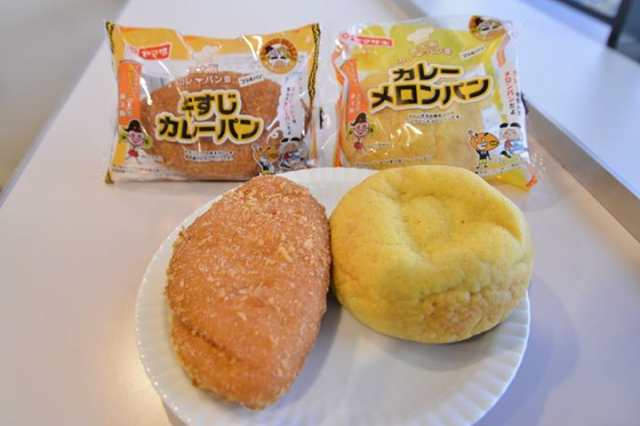

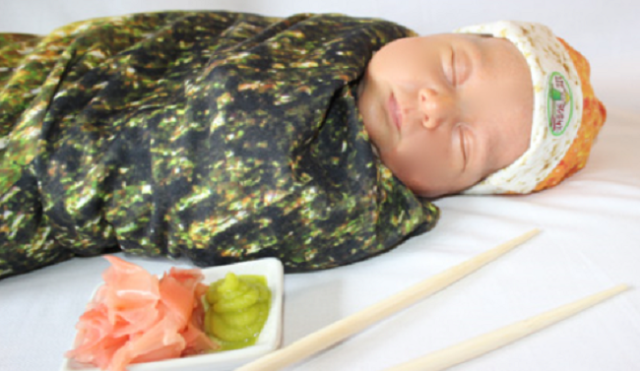


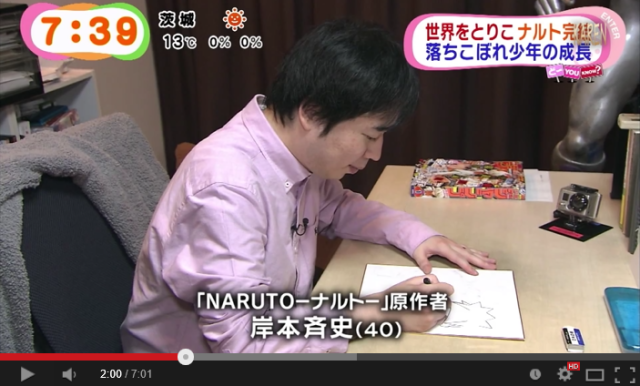
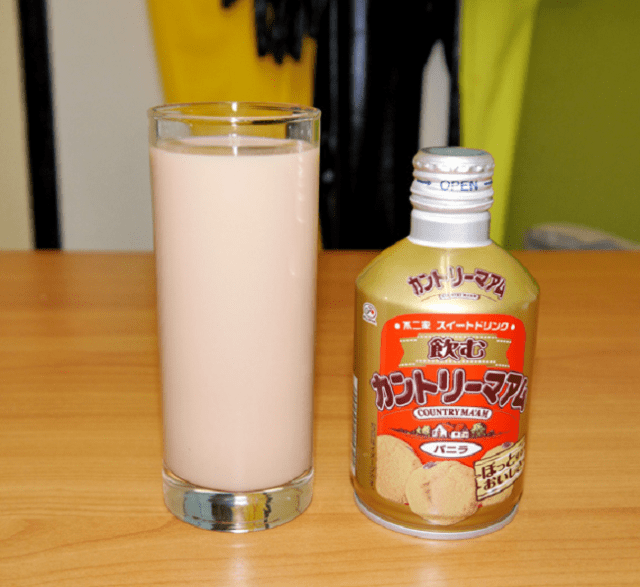
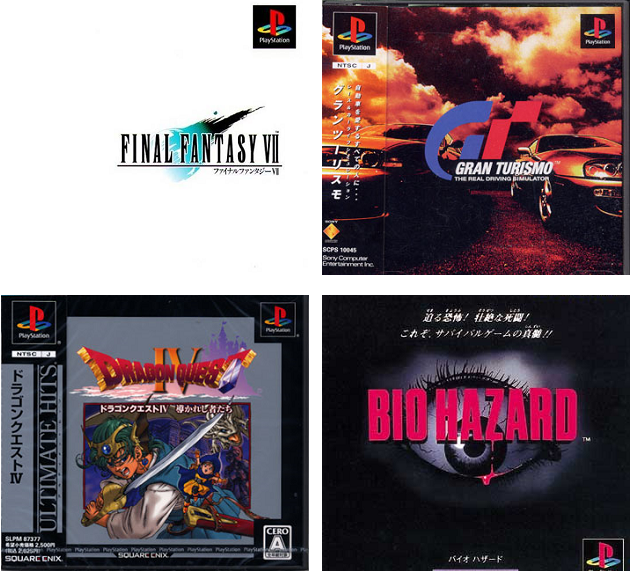

 Starbucks teams up with 166-year-old Kyoto doll maker for Year of the Horse decorations【Photos】
Starbucks teams up with 166-year-old Kyoto doll maker for Year of the Horse decorations【Photos】 7-Eleven Japan starts new temporary luggage storage service in over 300 branches
7-Eleven Japan starts new temporary luggage storage service in over 300 branches Is this the most relaxing Starbucks in Japan?
Is this the most relaxing Starbucks in Japan? Ghibli Museum coffee now available to purchase online
Ghibli Museum coffee now available to purchase online 7-Eleven Japan has a hack for creating insanely delicious potato chip rice meals
7-Eleven Japan has a hack for creating insanely delicious potato chip rice meals Origami folded by gyaru – The first capsule toy it’s impossible to get a complete set of【Photos】
Origami folded by gyaru – The first capsule toy it’s impossible to get a complete set of【Photos】 Five Okinawan foods that have changed our reporter’s view on local cuisine forever
Five Okinawan foods that have changed our reporter’s view on local cuisine forever Kyoto samurai house wants to share its history of seppuku, torture and gold coins with visitors
Kyoto samurai house wants to share its history of seppuku, torture and gold coins with visitors Hachiko, Japan’s most loyal dog, finally reunited with owner in heartwarming new statue in Tokyo
Hachiko, Japan’s most loyal dog, finally reunited with owner in heartwarming new statue in Tokyo Japan’s first hotel with a human washing machine is now ready for you to come and bathe in it
Japan’s first hotel with a human washing machine is now ready for you to come and bathe in it Tokyo’s Tsukiji sushi neighborhood asks tour groups to stay away for the rest of the month
Tokyo’s Tsukiji sushi neighborhood asks tour groups to stay away for the rest of the month Street Fighter Hadouken Churros to be launched and eaten in Tokyo, Okami pudding on offer too
Street Fighter Hadouken Churros to be launched and eaten in Tokyo, Okami pudding on offer too More Shinkansen trains being added to Japan’s “golden route” to meet traveler demand
More Shinkansen trains being added to Japan’s “golden route” to meet traveler demand Japanese avoiding domestic travel as foreign tourists increase, possibly creating vicious cycle
Japanese avoiding domestic travel as foreign tourists increase, possibly creating vicious cycle Japanese woman mistaken for bear
Japanese woman mistaken for bear Return of Totoro sequel short anime announced for Ghibli Park
Return of Totoro sequel short anime announced for Ghibli Park Starbucks Japan quietly slips fans another Christmas present with Joyful Medley Strawberry Milk Tea
Starbucks Japan quietly slips fans another Christmas present with Joyful Medley Strawberry Milk Tea Japanese man who didn’t know how banks work defrauded out of 21 million yen
Japanese man who didn’t know how banks work defrauded out of 21 million yen Gundam and Reebok team up for new GQuuuuuuX Pumps【Photos】
Gundam and Reebok team up for new GQuuuuuuX Pumps【Photos】 Japan’s human washing machines will go on sale to general public, demos to be held in Tokyo
Japan’s human washing machines will go on sale to general public, demos to be held in Tokyo Starbucks Japan unveils new Christmas goods and a rhinestone tumbler that costs 19,500 yen
Starbucks Japan unveils new Christmas goods and a rhinestone tumbler that costs 19,500 yen Real-world Nausicaa Ghibli anime glider completes its final flight in Japan【Video】
Real-world Nausicaa Ghibli anime glider completes its final flight in Japan【Video】 Japanese train company is letting fans buy its actual ticket gates for their homes
Japanese train company is letting fans buy its actual ticket gates for their homes Is China’s don’t-go-to-Japan warning affecting tourist crowds in Tokyo’s Asakusa neighborhood?
Is China’s don’t-go-to-Japan warning affecting tourist crowds in Tokyo’s Asakusa neighborhood? The 10 best day trips from downtown Tokyo【Survey】
The 10 best day trips from downtown Tokyo【Survey】 Tokyo considering law requiring more trash cans following litter increase in heavily touristed area
Tokyo considering law requiring more trash cans following litter increase in heavily touristed area Nintendo’s Kirby now delivering orders at Kura Sushi restaurants, but not in Japan
Nintendo’s Kirby now delivering orders at Kura Sushi restaurants, but not in Japan Tokyo event lets you travel back in time, for free, to celebrate 100 years since Showa era start
Tokyo event lets you travel back in time, for free, to celebrate 100 years since Showa era start A guide to visiting Sagamiko Illumination, one of the three biggest light-ups in Kanto
A guide to visiting Sagamiko Illumination, one of the three biggest light-ups in Kanto Survey asks foreign tourists what bothered them in Japan, more than half gave same answer
Survey asks foreign tourists what bothered them in Japan, more than half gave same answer Japan’s deadliest food claims more victims, but why do people keep eating it for New Year’s?
Japan’s deadliest food claims more victims, but why do people keep eating it for New Year’s? We deeply regret going into this tunnel on our walk in the mountains of Japan
We deeply regret going into this tunnel on our walk in the mountains of Japan Studio Ghibli releases Kodama forest spirits from Princess Mononoke to light up your home
Studio Ghibli releases Kodama forest spirits from Princess Mononoke to light up your home Major Japanese hotel chain says reservations via overseas booking sites may not be valid
Major Japanese hotel chain says reservations via overseas booking sites may not be valid Put sesame oil in your coffee? Japanese maker says it’s the best way to start your day【Taste test】
Put sesame oil in your coffee? Japanese maker says it’s the best way to start your day【Taste test】 The top 10 annoying foreign tourist behaviors on trains, as chosen by Japanese people【Survey】
The top 10 annoying foreign tourist behaviors on trains, as chosen by Japanese people【Survey】 No more using real katana for tourism activities, Japan’s National Police Agency says
No more using real katana for tourism activities, Japan’s National Police Agency says Starbucks Japan reveals new sakura drinkware collection, inspired by evening cherry blossoms
Starbucks Japan reveals new sakura drinkware collection, inspired by evening cherry blossoms Origami folded by gyaru – The first capsule toy it’s impossible to get a complete set of【Photos】
Origami folded by gyaru – The first capsule toy it’s impossible to get a complete set of【Photos】 Five Okinawan foods that have changed our reporter’s view on local cuisine forever
Five Okinawan foods that have changed our reporter’s view on local cuisine forever Kyoto samurai house wants to share its history of seppuku, torture and gold coins with visitors
Kyoto samurai house wants to share its history of seppuku, torture and gold coins with visitors Hachiko, Japan’s most loyal dog, finally reunited with owner in heartwarming new statue in Tokyo
Hachiko, Japan’s most loyal dog, finally reunited with owner in heartwarming new statue in Tokyo Japan’s first hotel with a human washing machine is now ready for you to come and bathe in it
Japan’s first hotel with a human washing machine is now ready for you to come and bathe in it Tiny Buddhist statues: These new gachapon figures are more pious than adorable!
Tiny Buddhist statues: These new gachapon figures are more pious than adorable! Four things women are banned from doing in Japan【Women in Japan Series】
Four things women are banned from doing in Japan【Women in Japan Series】 Four breathtaking beer gardens to visit before summer ends in Japan (or put on next year’s list)
Four breathtaking beer gardens to visit before summer ends in Japan (or put on next year’s list) What are McDonald’s macarons really like in Japan?
What are McDonald’s macarons really like in Japan? Japanese Cabinet to officially announce new romanization spelling recommendation next week
Japanese Cabinet to officially announce new romanization spelling recommendation next week More people in Japan quit sending New Year’s cards and many have started to regret it
More people in Japan quit sending New Year’s cards and many have started to regret it New Evangelion short anime, written by Hideaki Anno, to have world premiere early next year
New Evangelion short anime, written by Hideaki Anno, to have world premiere early next year We tried Tokyo’s “rent a middle-aged Japanese man” service, and it was awesome!
We tried Tokyo’s “rent a middle-aged Japanese man” service, and it was awesome!